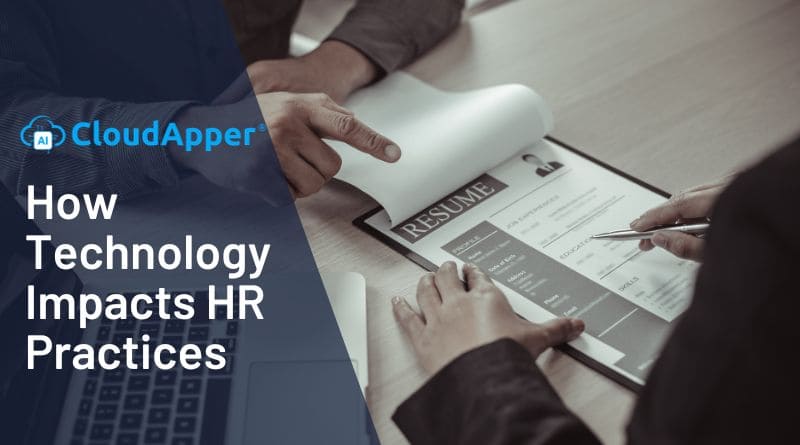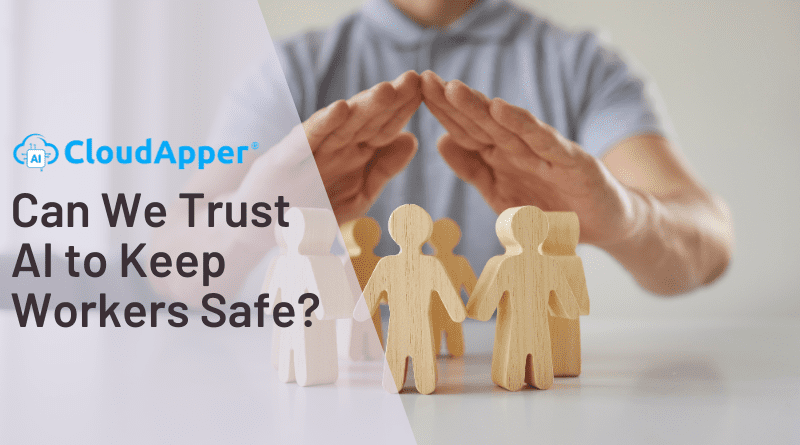HR operational excellence isn't a luxury, it's a necessity. These seven strategies, coupled with tracking key performance indicators, pave the way to HR operational excellence and a thriving business.
Table of Contents
Key Takeaway
Achieving HR operational excellence requires a multifaceted approach that encompasses data-driven decision-making, continuous improvement, digital innovation, and strategic leadership. By prioritizing employee engagement, talent development, and effective HR service delivery, organizations can position themselves for sustained success in today’s dynamic business environment.
What is HR Operational Excellence?
HR Operational Excellence is a strategic approach to improving an organization’s human resources processes to ensure that they run as efficiently and effectively as possible. It entails leveraging technology, streamlining HR tasks, and implementing best practices to improve HR performance overall. The goal of this approach is to ensure that HR activities align with business goals, that employees have a positive experience, and that rules are followed.
Here are seven approaches to achieving operational excellence in HR:
1. Implementing Data-Driven Decision Making
Making data-driven decisions entails applying analytics to HR policies and procedures. HR can make well-informed decisions that support the company’s goals by collecting and analyzing data on a variety of HR metrics, such as employee engagement, performance, and turnover rates. This method aids in trend identification, forecasting future HR needs, and assessing the effectiveness of HR initiatives. HR professionals must be able to use HR software with real-time analytics and interpret data to make informed decisions.
2. Encouraging an Environment of Continuous Improvement
HR operational excellence necessitates a culture of continuous improvement. To improve efficacy and efficiency, HR procedures must be reviewed and improved consistently. HR can set an example for the department by appointing champions for continuous improvement to identify areas for improvement, implement changes, and track outcomes. Encouraging managers and employees to provide feedback can yield valuable information for continuous improvement.
3. Creating Knowledge Bases for HR
An HR knowledge base is a centralized information resource that includes policies, procedures, best practices, and answers to frequently asked questions. HR can ensure that employees have easy access to critical information by developing and maintaining a current knowledge base. This can improve self-service and reduce the amount of time HR staff spends answering common questions. Furthermore, this helps to establish consistent HR procedures throughout the organization.
4. Welcoming the Digital Revolution
HR Operational Excellence necessitates a thorough embrace of digital technologies. This includes utilizing mobile applications for HR management on the go, cloud-based systems for easy access to HR services, and HR software to automate administrative tasks. Digital tools can also help the HR team and the rest of the company communicate and collaborate more effectively. HR departments should actively seek and implement technology that can improve HR services and employee experiences.
5. Integrating HR Operational Excellence into Leadership
Effective leadership prioritizes HR operational excellence. HR leaders must promote the importance of strategic HR practices and ensure their presence at decision-making tables. HR can obtain the resources and support it requires for its initiatives by demonstrating how they help the organization succeed. HR leaders should set an example by adopting a continuous improvement and data-driven mindset.
6. Engaging and Developing Employees
Employee engagement and development are critical to the success of HR Operational Excellence. HR should work closely with employees to understand their needs and involve them in the planning and implementation of HR projects. This includes offering training and development opportunities that are relevant to the organization’s operational excellence objectives, such as process improvement and project management skills. This type of employee engagement can increase motivation and commitment to the company’s goals.
7. Keeping up the talent pipeline
Maintaining HR operational excellence necessitates a robust talent pipeline. HR needs to develop strategies for attracting, nurturing, and retaining exceptional employees. This includes establishing clear career paths, providing competitive compensation and benefits, and cultivating a positive workplace culture. HR should concentrate on succession planning as well to make sure that competent people are on hand to take over important roles when needed. The HR department can guarantee that the company has the human resources necessary to meet its long-term objectives by upholding a robust talent pipeline.
If you want an HR service delivery solution that meets all of the aforementioned requirements, you can consider hrPad. Powered by CloudApper AI, hrPad provides a comprehensive solution that transforms any iOS or Android tablet into an intelligent HR assistant, offering self-service, time management, recruitment, surveys, and real-time HR support. You can schedule a free demo and try out the solution.
Bonus: KPIs to Keep Track of Your Journey towards HR Excellency
Talent Acquisition Metrics:
- Time-to-fill: The average time taken to fill open positions reflects the efficiency of the recruitment process.
- Quality of hire: The performance and contribution of new hires to the organization, indicating the effectiveness of the talent acquisition strategy.
Onboarding Metrics:
- Onboarding completion rate: The percentage of new hires who complete the onboarding process within a defined time frame, indicating the effectiveness of the onboarding program.
- Time to productivity: The amount of time it takes new hires to reach peak productivity in their positions, which reflects how well the onboarding process worked.
Performance Management Metrics:
- Employee performance ratings: The performance levels of employees are based on predefined criteria, providing insights into individual and team contributions.
- Goal achievement rate: The percentage of employees who successfully achieve their performance goals, reflecting the alignment of individual efforts with organizational objectives.
Employee Engagement and Retention:
- Employee engagement scores: Findings from routine surveys that gauge how satisfied and engaged employees are with their jobs within the company.
- Turnover rate: The rate at which employees leave the organization, which can indicate the effectiveness of retention strategies and overall job satisfaction.
Training and Development:
- Training completion rates: The percentage of employees who complete required and optional training programs, reflecting the commitment to continuous learning and development.
- Impact of training on performance: The effectiveness of training programs in improving job performance and productivity.
HR Service Delivery:
- HR service delivery satisfaction: Feedback from employees regarding the quality and efficiency of HR services provided.
- HR operational costs: The costs associated with HR processes and functions that can be optimized for better resource allocation.
Compliance and Risk Management:
- Compliance rate: The degree to which the organization adheres to legal and regulatory requirements.
- Incident frequency: The number of compliance-related incidents or breaches, indicating the effectiveness of risk management strategies.
What is CloudApper AI Platform?
CloudApper AI is an advanced platform that enables organizations to integrate AI into their existing enterprise systems effortlessly, without the need for technical expertise, costly development, or upgrading the underlying infrastructure. By transforming legacy systems into AI-capable solutions, CloudApper allows companies to harness the power of Generative AI quickly and efficiently. This approach has been successfully implemented with leading systems like UKG, Workday, Oracle, Paradox, Amazon AWS Bedrock and can be applied across various industries, helping businesses enhance productivity, automate processes, and gain deeper insights without the usual complexities. With CloudApper AI, you can start experiencing the transformative benefits of AI today. Learn More

Brochure
CloudApper hrPad
Empower Frontline Employees with an AI-Powered Tablet/iPad Solution
Download Brochure
CloudApper AI Solutions for HR



- Works with








- and more.
Similar Posts

How Technology Impacts HR Practices

Can Technology Stop Frontline Staff Burnout?





